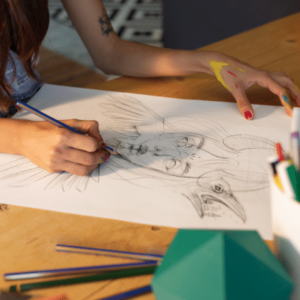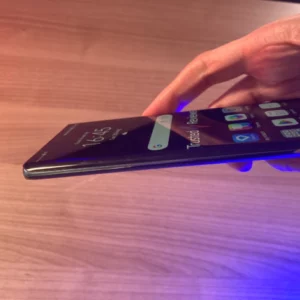If you are in the product designing and development field, I bet you have been noticing people around you discussing Design Sprint. At the moment, everyone in this field is either learning or using the design sprint to bring creativity and innovation. Therefore, you have to try it as well as if you remain stuck to your old method, it would become hard to tackle the modern design problems. Here is the step-by-step guide that would help you in understanding and implement it into your job;
So first, what do you need to begin?
You do not need much to begin; a timer, white/blackboard, board marker/chalk, sticky notes, paper, masking tape, and the willingness to learn the Design Sprint.
Design Sprint steps
The whole Design Sprint process has 5 steps. These steps are;
- Mapping
- Brainstorming
- Decision making
- Prototyping
- Testing
Mapping
The main purpose of this first step called mapping is to find the problem and identify the best possible solution. In this step, the team figures out and lists several solutions, researches and finds out the obstacles they may face in reaching the goal, gather as much information as they can, and map out the entire journey. In simpler words, mapping is understanding the situation and having a rough idea in the mind to move ahead with the plan.
Brainstorming
Day two or the next step in the design sprint training is Brainstorming. It is usually done to have a list of ideas that would eventually help you in achieving the goals set on day 01. The team brainstorms to have a better idea and also tries to eliminate irrelevant or subpar ideas. By the end of day 02, you usually have two or three solutions to address the problem.
Decision making
Since there can be only one solution, you have to start day 03 to decide via votes. The day begins by writing ideas and refining them first. The team members are asked to vote, the solution that the majority of the team has confidence in is chosen. The solution is locked and with the help of the team a high-level plan for the next big day prepared. The plan is usually detailed and prepared through storyboards, user flow charts, and design mock-ups.
Prototyping
Prototyping is a crucial step in the Design Sprint, it is not as stressful as the next one but not that relaxing either. On this day 04, the core Design Sprint team has to work on building a prototype for testing. By the end of this day, you must have a prototype and a solid plan for the big day.
Testing
The final step in the Design Sprint is testing. It is time to carefully build a prototype and get feedback from the users. The team is required to have the summary of all the feedback received after testing. The day ends with knowing what should be your next course of action.
That’s it. The Design Sprint process comes to end. The reward of it would be the best solution to the complex problem.












Commented Posts